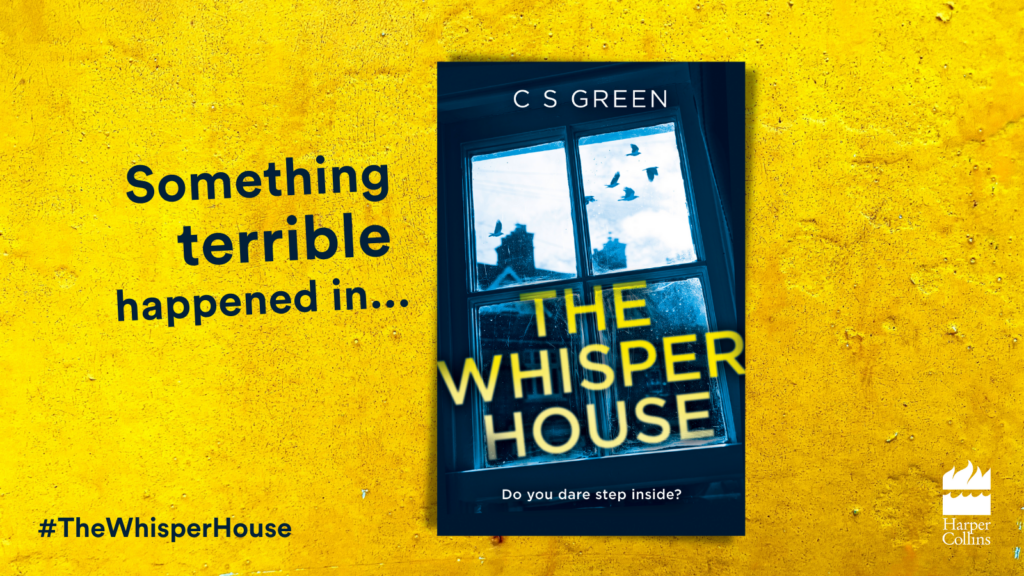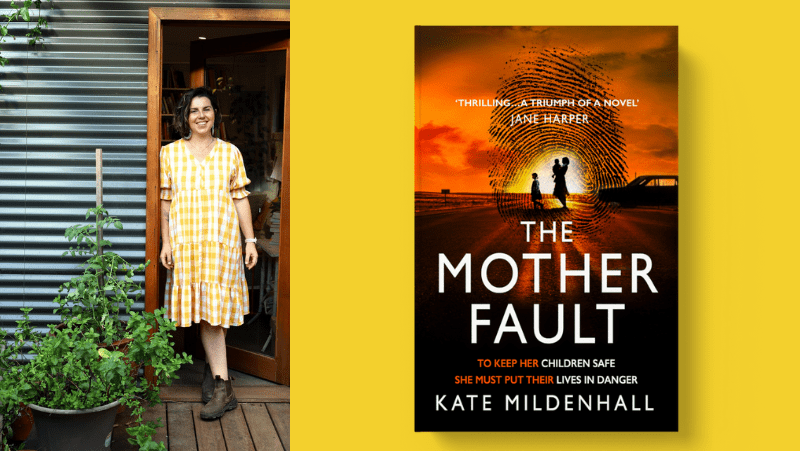Mark Sennen is the author of many books including the recently published Tell Tale. Today he shares 5 crime novels with setting at the forefront.
The TV series Broardchurch has, apparently, led to an increase in people wanting to move to Dorset on account of the countryside. ‘Picturesque, haunting scenery’ The Independent said. ‘A beautiful part of England’ according to Charlotte Rampling (who plays a character in the show). I can’t disagree with the sentiment, yet in some parts of the world – hell, some parts of the UK – Dorset is more akin to a London Park than anything truly remote. And while the Broadchurch scenery may be ‘picturesque’, I’m not sure the landscape plays much part in constructing the narrative.
My DI Savage series takes place in Devon, a somewhat wilder county than Dorset. A large part of the action in the latest book – Tell Tale – takes place on Dartmoor and the geography of the area is very much in a supporting role. Without the rock-strewn moorland, the jagged coastline and the rolling farmland, the milieu would be – quite simply – flat. I tend to be a sucker for crime fiction where the author can provide me with an evocative setting. When the environment becomes a malevolent presence in the background it multiplies the atmosphere created by the actual story.
Here are five crime books which do just that:
No Country For Old Men – Cormac McCarthy. Set in rural Texas.
For me McCarthy is the master of descriptive prose concerning the landscape – or more accurately the wilderness. Whether it’s the beauty of the surroundings in All the Pretty Horses (one of my all-time favourite books) or the sterile wastelands (geographical and human) in Blood Meridian, he is a writer who can conjure pictures from words like no other. In No Country we are in the familiar McCarthy Tex-Mex landscape of the borderlands where a drug deal has gone very, very wrong. There’s a distinct lack of anywhere to hide and hardly anyone to turn to for help. Terrell Country, where the story starts out, is the same size as Devon and yet the population is less than one thousand. Not the place to be when you are being pursued by a serial killer armed with a bolt gun!
The Broken Shore – Peter Temple. Set in Victoria, Australia.
If you haven’t come across Peter Temple before he’s a fine author and The Broken Shore is a great read. The Australia we see here is far from the image portrayed in the tourist brochures, far from anything approaching paradise. We’re talking the outback, dirt roads, tough men, deprivation, racism and abuse. A barren, dry and lonely landscape – or is that the detective? We’re never quite sure.
White Heat – MJ McGrath. Set in the Canadian Artic.
In White Heat we’re on the opposite side of the planet from Australia and a world away in terms of climate. The little community, where Inuit guide and amateur investigator Edie Kiglatuk hails from, experiences temperatures which are a balmy minus forty degrees, and away from the settlement the landscape is harsh and deadly. It’s bad enough hunting a murderer, but when the environment is out to get you too you’re really up against it. White Heat has been compared to Peter Høeg’s Miss Smilla’s Feeling For Snow, however, at the risk of annoying my wife (who, like Høeg, is Danish), I much prefer McGrath’s writing.
Cold Granite – Stuart MacBride. Set in… um… Aberdeen.
Aberdeen? That’s not the countryside, is it? No, but when I first read Cold Granite I remember feeling that poor DS Logan McRae was battling through a wilderness where the rain teemed down and the air temperature rarely rose above freezing. Dreary granite tenements, soulless tower blocks, streets running with water. A nightmare jungle – concrete, yes – but as savage and brooding as the most remote outpost. This feels like a different Scotland than that of Rankin, somewhere never to be featured in a tourist board advert. The weather is relentless: rain, sleet, snow, ice, wind. And cold. Did I mention the rain? And the cold? If ever there is proof that the Scots are a different, hardier race than their soft south-of-the-border cousins, here it is.
The Hound of the Baskervilles – Arthur Conan Doyle. Set on Dartmoor.
‘Behind the peaceful and sunlit countryside there rose ever, dark against the evening sky, the long gloomy curve of the moor, broken by the jagged and sinister hills.’
So Dr Watson describes the moor in The Hound. No surprise this is on my list, I’m heavily biased towards the area after all. This classic story has all the elements needed for a tense and creepy tale: the ‘grim and grey’ Baskerville Hall, a murderer escaped from prison, the hellish sounding Grimpen Mire, and the ‘desolate, lifeless moor’.
Most people think of the various screen incarnations of Holmes when they think of The Hound, but it’s well worth returning to the original text as the story has stood the test of time. Conan Doyle paints the moor as much a thing to be feared and wondered at, as the eponymous hound. On a bright summer’s day it can be argued that he treated Dartmoor harshly. However, come the autumn, when the inevitable rain sweeps in and the cloud base lowers, the genius of his descriptions become apparent. Watson says ‘The longer one stays here the more does the spirit of the moor sink into one’s soul, its vastness, and also its grim charm.’ Having spent a good deal of time out there myself I can only agree!


